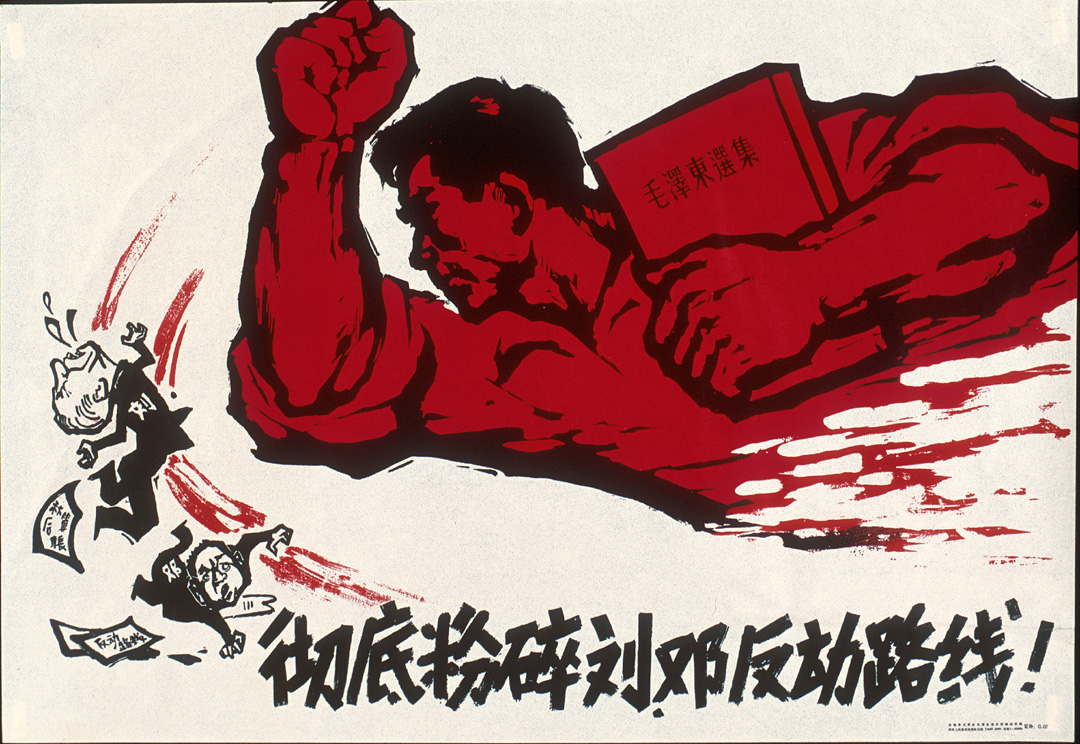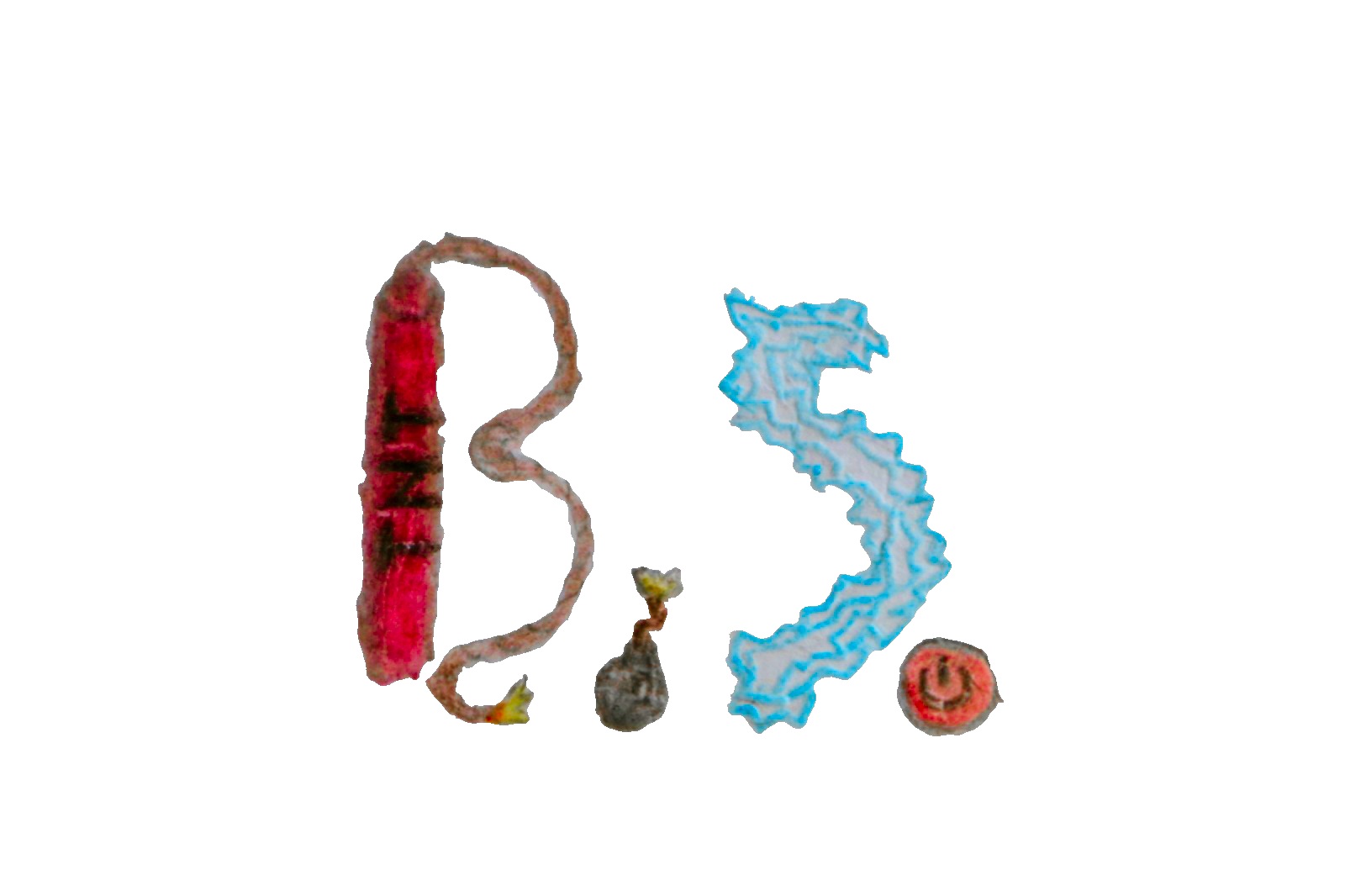This is a weekly thread in which we read through books on and related to imperialism and geopolitics. Last week’s thread is here.
The book we are currently reading through is Empire’s Workshop by Greg Grandin. There are two main editions, to my knowledge: the original one with a yellow cover from 2006, and an updated version from 2021 with an orange cover. I am reading the latter version.
Please comment or message me directly if you wish to be pinged for this group, or if you no longer wish to be pinged.
This week, we will be reading the Introduction.
Next week, we will be reading Chapter 1: New Jerusalem.
Imperialism Reading Group ping!
After a few weeks to recuperate, it’s time for the next book. We are shifting continents from Africa to Latin America - and at a particularly pertinent time. This week will merely be the Introduction, so you have time to obtain a copy by whichever means you wish.
As always, if you wish to step off, just comment or message me and I will take you off the ping list.
@RedDawn@hexbear.net @Cowbee@hexbear.net @kittin@hexbear.net @Sebrof@hexbear.net @TrippyFocus@lemmy.ml @OrionsMask@hexbear.net @0__0@hexbear.net @SummerIsTooWarm@hexbear.net @mbt2402@hexbear.net @BanjoBolshevik@hexbear.net @BodyBySisyphus@hexbear.net @NinjaGinga@hexbear.net @Test_Tickles@hexbear.net @luddybuddy@hexbear.net @Coca_Cola_but_Commie@hexbear.net @niph@hexbear.net @redline@lemmygrad.ml @glimmer_twin@hexbear.net @MF_COOM@hexbear.net @MiraculousMM@hexbear.net @StarkWolf@hexbear.net @StillNoLeftLeft@hexbear.net @BGDelirium@hexbear.net @THEPH0NECOMPANY@hexbear.net @devils_dust@hexbear.net @Ehrmantrout@hexbear.net @quarrk@hexbear.net @RaisedFistJoker@hexbear.net @Lemmygradwontallowme@hexbear.net @darkmode@hexbear.net @PaulSmackage@hexbear.net @FunkyStuff@hexbear.net @Babs@hexbear.net @Rojo27@hexbear.net @OgdenTO@hexbear.net @iie@hexbear.net @Wertheimer@hexbear.net @Blobber@hexbear.net @MLRL_Commie@hexbear.net @XxFemboy_Stalin_420_69xX@chapo.chat @CARCOSA@hexbear.net @cosmosaucer@hexbear.net @picayune@lemmy.zip @revolut1917@hexbear.net @lil_tank@hexbear.net @WellTheresYourCobbler@hexbear.net @sodium_nitride@hexbear.net @wheresmysurplusvalue@hexbear.net @lmfaMAO@hexbear.net @vovchik_ilich@hexbear.net @Lalutacontinua@hexbear.net @SockOlm@hexbear.net @InappropriateEmote@hexbear.net @BlastboomStrice@mander.xyz @GoodGuyWithACat@hexbear.net @semioticbreakdown@hexbear.net @Moidialectica@hexbear.net @oculi@anarchist.nexus
I’m absurdly busy so I’m going to try to just listen to this as an audiobook. Idk how well I’ll take in the info but I will participate

Already in the introduction, there’s a LOT of stuff here where I was just nodding along. Like Rodney, I feel like Grandin really gets it.
I think it would have been easy and acceptable to write a book about Latin America as it resisted American Empire over the centuries, as a sort of counterhistory to a hypothetical liberal book about how America has just been great for the world and how they’ve brought civilization to such and such places through, uh, “interventions”. What Grandin is doing instead is a bit more nuanced, and really touches on the dialectical nature of the relationship that the US and Latin America have, which he explicitly states near the end of the introduction. The very varied forms of resistance (and collaboration, as the case may be) from Latin America and the US has actually shaped global American strategy. That is, just as their resistance has adapted to the oppression, the oppression has adapted to the resistance, and in such a way that neither side has ever truly won (yet).
It’s in this sense that calling the book “Empire’s Workshop” is a great name - as he says, it’s not merely America’s “backyard” or “sphere of influence” or even really a Roman-esque occupation of a series of provinces, but a place where American strategy is honed and perfected; and when there are newfound forms of resistance, this resistance can be studied and, if you’re an American official, hopefully overcome with a new imperial development.
So in a way, Venezuela and especially Cuba aren’t merely sanctioned countries, they are the sanctioned countries - they are the experimental ground to test what works and what does not work in terms of depriving and impoverishing entire populations in the hopes of generating regime change, and that model of sanctions is being exported to the rest of the world. Russia, and to a certain and increasing extent China, are where it is truly being put to the test, and so far, thankfully, it doesn’t appear to be going very well. This does somewhat mirror how Venezuela and Cuba have maintained socialist political cohesion despite the sanctions pressure, and perhaps reflects a growing inability for the US to successfully exert its economic will on sufficiently ironclad countries. On the other hand, its successes in countries like Argentina, Peru, and now Bolivia inform us of how there is still a successful American imperialist foreign policy able to pressure politically weak countries and even sometimes outright replace leaders and parties, such as in Bangladesh, Nepal, and Armenia.
To summarize my point: one should, when looking at American imperialist strategy as a global phenomenon, always have one eye on Latin America and what the US is up to there, because it has lessons for the present and future of the rest of the world.
Also, I think Grandin is spot-on with his diagnosis that the American elites were, seemingly contradictorily, both set free and felt incredibly restrained by what they learned with their imperialist strategy in Latin America.
I think this dynamic is only heightening over time, and is now almost bursting at the seams, with Trump’s longing for the “old imperialism” of vast land grabs and direct imperial rule with troops on the ground and big displays of military might, in contrast to the boring liberal “new imperialism” of impersonal financial domination, boasting of their adherence and adoration of the international rules-based order as they feed yet another hundred thousand orphaned children into a titanic meat grinder in the vain hope of maintaining profit margins.
And as Grandin says, the restraints were as necessary as the raw exploitative might. It is a delicate art to maintain foreign populations with just enough contentment with the state of things that they don’t overthrow their comprador governments and take down precious American property and investments with it, but nonetheless still exploit them enough to maintain your genocidal global empire. The European empires did not learn this lesson of restraint fast enough and lost their empires because of it in a wave of independence movements.
A large number (I’m unsure if it’s a majority) of American capitalists and imperialists seem to long for the days of strong, grand, European empires, and hope that the technological (and policing/surveillance) disparity is now large enough again that even with just outright imperial domination from abroad, the populations just won’t be able to mount a concerted resistance. I think this is a miscalculation, especially as AI appears to be pretty clearly flopping and American military industry has some serious output problems, though hundreds of millions will still suffer regardless.
Thank you:) I guess you can now remove me from the list😄
Will do!
an updated version from 2021 with an orange cover. I am reading the latter version.
Does it change much? Cuz, uh, I’ve taken a pdf from the 2007 version and I don’t see > Chapter 1: New Jerusalem
Although it does mention the term but it’s not the name of the chapter - I have > CHAPTER ONE How Latin America Saved the United States from Itself
Oh. Yeah. My chapter 1 is also how Latam saved the us from itself.
This is how I would summarize this chapter:
- American denial of its own imperialism (especially in Latin America) is, of course, deeply cynical, but does reveal some interesting properties of American imperialism in contrast to the imperialism of the old European empires. Namely, Latin America is more than a “backyard” for the US; it is a workshop in which various imperial techniques and empire-building can be tested, and is a place where imperial creativity can flourish, allowing the US a place to try and create convincing political and moral justifications of their definitely-not-empire.
- Importantly, Latin America provides a resistance/pushback which has shaped US imperialism over the decades as national and global politics evolves, and in turn, US imperialism shapes Latin America and the forms of resistance that arise, from basic social democracy to outright militancy by guerrillas.
- The US was involved early and often in Latin America, from the early 1800s onwards. The early techniques are the crude forms of nonetheless recognizable modern techniques; the use of civil society organizations to undermine governments, as well as sending gunboats to raid, occupy, and annex ports and islands around the Caribbean and the rest of the continent. As Latin America developed insurgencies, the US went on to develop counterinsurgencies. There have been over 40 successful regime changes over the 20th century alone across the whole continent.
- Many of the current legal precedents for invading/bombing countries without congressional approval, denying prisoners human rights, and torturing people were invented and developed in Latin America.
- Additionally, tools of US corporate and financial/banking domination began in Latin America and later spread to the rest of the world, including attempts to restructure the economies of foreign sovereign countries to suit the whims of the US.
- The US presidential administrations of the 20th and 21st century have been traditionally defined by their domestic/electoral politics, but their foreign policy views, especially vis-a-vis Latin America are also incredibly important. Each administration has sought a political hegemony domestically in which various groups and capitalist factions are brought together under one banner despite their diverse views and priorities.
- When looking at the history of Latin America, you can see the story of these US administrations and their evolving interests: from the early days before the Monroe Doctrine where the Spanish were strategically shored up until the US could advance enough; to the commercial exploitation of the continent under the Federalists; to the honing of racism under Jacksonians in opposition to Spanish-America republicanism; to the Confederates seeking to expand slavery in Latin America; to Progressives developing their ideas about “political morality”, “free trade”, and how governance ought to be while overseeing occupations in Latin America; and then on to the New Deal coalition, and later, the New Right coalition in the 20th century.
- When US empire has been under threat and they have overreached, Latin America has been a place for a brief retreat and reformulation of how to best approach empire-building. Two great examples are the 1930s (the Depression and the rise of the New Deal) and the aftermath of the Vietnam War in the 1970s in which the US had to find a solution to the spread of third-world nationalism. Whenever US interest and actions in Latin America are heightening, one should study it carefully, observing what the Americans are presently thinking and developing, as the strategies that are successful will spread to the rest of the world before long.
15 minutes in-and-done, and frankly I’m already lost 😅
I’ll probably understand better once we begin reading chapter 1…maybe?
Is there anything in particular that you’re confused by?
It had a lot of topics in a short period, I frankly couldn’t keep it all in my head, not particularly anything confused me, just the sum of it





